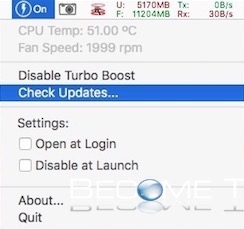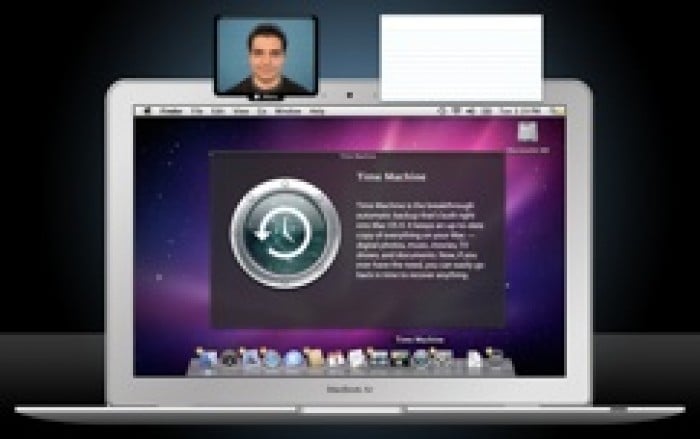

- #Resolution switcher mac how to
- #Resolution switcher mac full
- #Resolution switcher mac tv
- #Resolution switcher mac mac
I use LG IPS, full HD monitor, as a secondary display with my MacBook Pro and it gives me the option to pick three resolution.ġ080p stands for NTSC, which is while 1080i stands for Pal, which is SwitchResX gives me several other resolutions we can choose.įor example, I have picked up 2560×1440 60Hz, which gives me 640 more pixels in width on my FullHD monitor. But the option is not available natively in Macbook.

If you’re going the HDMI or DisplayPort route, remember not to waste money on overpriced cables.Upon installing, I got these options to choose from for my MacBook resolution.Īnd like I tell you, it is most useful when you are using a secondary monitor, and you want to use it in a specific resolution. You can also save some money and just grab a straight adapter, like the Thunderbolt 3 dual DisplayPort adapter from OWC. CalDigit produces a mini dock with dual-HDMI and a variety of other ports. You have to match your USB-C hub to your connector type. It also allows daisy-chaining to connect multiple Thunderbolt devices in sequence. Thunderbolt : This high-speed, active connection developed by Intel and Apple allows features like USB power delivery to charge laptops.Often favored by gamers for its higher bandwidth connection, DisplayPort enables higher refresh rates, and thus, more frames per second. DisplayPort: This standard computer connection type for displays can carry video and audio.
#Resolution switcher mac tv
HDMI: The same technology that connects Blu-ray players and consoles to your TV can carry video and audio. HDMI 1.4 is capable of up to 4K resolution at 30 frames per second (fps), while HDMI 2.0 can do 4K at 60 fps.Under “Graphics and Video Support” (or similar), you should see something like, “Simultaneously supports full native resolution on the built-in display, and up to 2560 by 1600 pixels on up to two external displays.” Search for your exact model on Apple’s website (e.g., “MacBook Pro Retina mid-2012”), and then click “Support” to reveal the technical specifications sheet. To find your model, click the Apple logo in the top-right corner of the screen and choose “About This Mac.” One easy way to do this is to check the technical specifications of your particular model.
#Resolution switcher mac mac
It’s important to make sure your Mac is powerful enough to drive any external displays at the resolution and refresh rate you need.
#Resolution switcher mac how to
RELATED: How to Use Your iPad as an External Mac Display With Sidecar Can Your Mac Handle It?

Acer’s XR342CK 34-inch curved display scores top marks for an ultrawide if you have the necessary desk space. This display uses Thunderbolt 3 to drive the monitor and simultaneously provide 85 watts of charge for your laptop over USB-C. You can get the reduced, 1440p resolution version of the same display for a few hundred dollars less.Īpple says LG’s Ultrafine 5K display is suitable to use with its latest range of laptops. If you have the hardware and budget for a 4K monitor, the HP Z27 comes highly recommended from sites like Wirecutter.

Refresh rate: This refers to the number of times the display refreshes per second.You can choose an LCD panel built on IPS, TN, or VA technology or opt for cutting-edge OLED panels if the budget allows. Display and panel type: This is the major factor when it comes to quality and performance.The higher the pixel density, the better the image quality, as you’re less likely to see individual pixels. Pixel density: Measured in pixels per inch (PPI), pixel density describes how closely-packed the pixels are on the display.Your decision ultimately depends on your budget and available space. Larger, 32-inch and ultrawide monitors are also available. Smaller, 24-inch displays remain popular with gamers, and people who have minimal desk space. Size: Most displays are around the 27-inch mark.Higher resolutions, like 4K and 5K, require more powerful hardware. Generally, the higher the resolution, the better the image quality. Resolution: This is the number of pixels displayed onscreen at once, measured on two axes (e.g., 1920 x 1080).


 0 kommentar(er)
0 kommentar(er)
